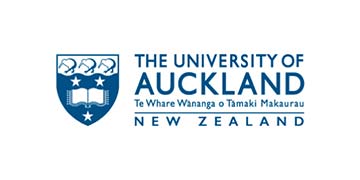University of Auckland: Untapped tool can help tame depression
Their call comes after the Australian government this year allocated $288.5 million ($300 million) for the treatment, and coincides with New Zealand’s Mental Health Awareness Week.
“This non-invasive treatment has been shown to work as well as anti-depressant medications with fewer side effects – it has a proven, international track record for being safe and cost-effective,” says Kate Godfrey, a PhD student in the School of Pharmacy who has carried out research into the treatment in New Zealand.
For now, though, there are only a handful of machines in the country for delivering the therapy, and it’s only available through private psychiatrists.
The process involves a magnetic field, delivered via a coil placed on the patient’s head, which stimulates a part of the brain called the prefrontal cortex.
“This is a really good potential treatment for the people suffering depression who are known as the ‘missing middle,’” says Associate Professor Suresh Muthukumaraswamy, also of the School of Pharmacy. “These are the people who are not getting adequate treatment from current services and fall through the cracks between primary and secondary care.”
Internationally, transcranial magnetic stimulation has mostly been researched and prescribed for people with treatment-resistant depression, which means at least two different antidepressant medications failed to give them sufficient relief.
During treatment, the patient remains awake, sitting comfortably in a chair. Typically, a session takes 20 minutes, and a full course of treatment involves going into a clinic five days a week for four to six weeks (Monday to Friday).
“There are just five machines in New Zealand, but our rates of depression are among the highest in developed countries,” says Kate Godfrey. “Clinical trials show that this is a robust treatment – we need to add it to our tool kit.”

